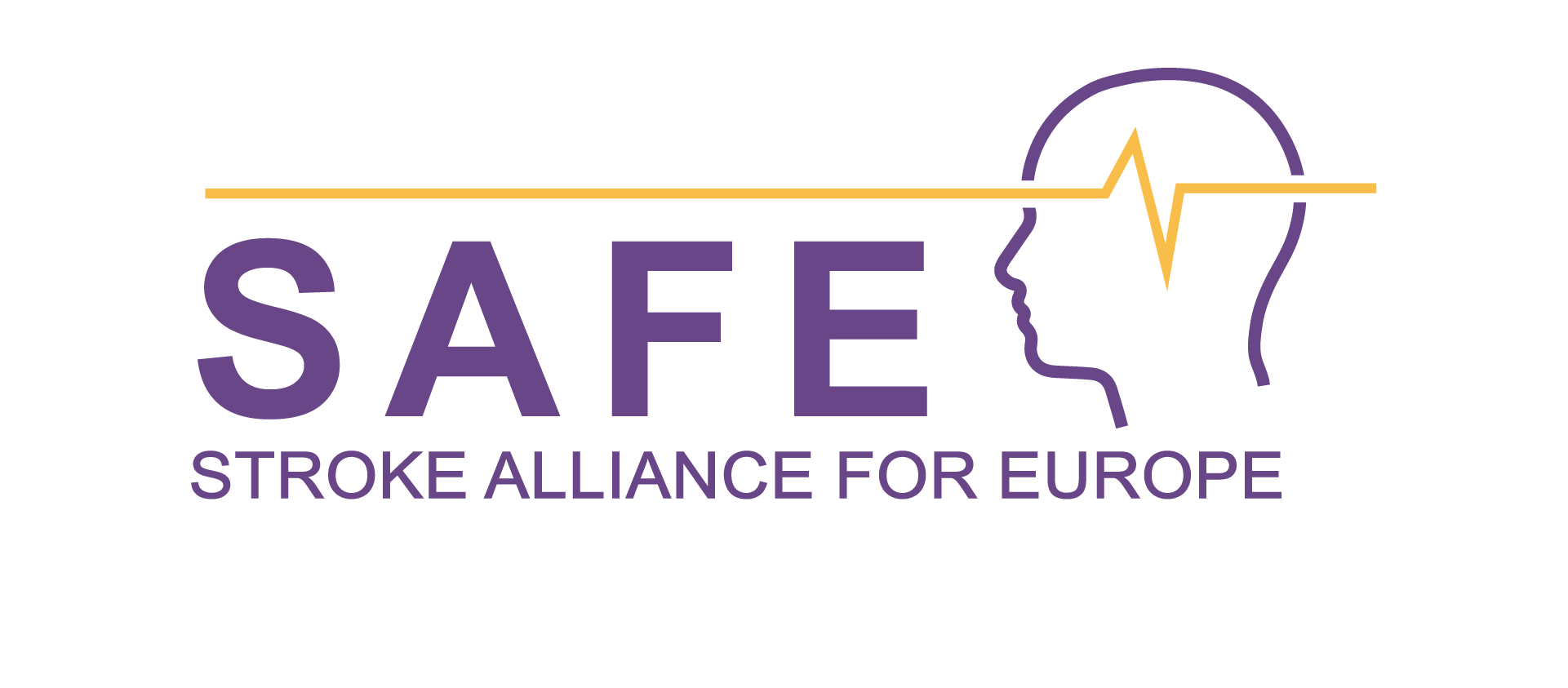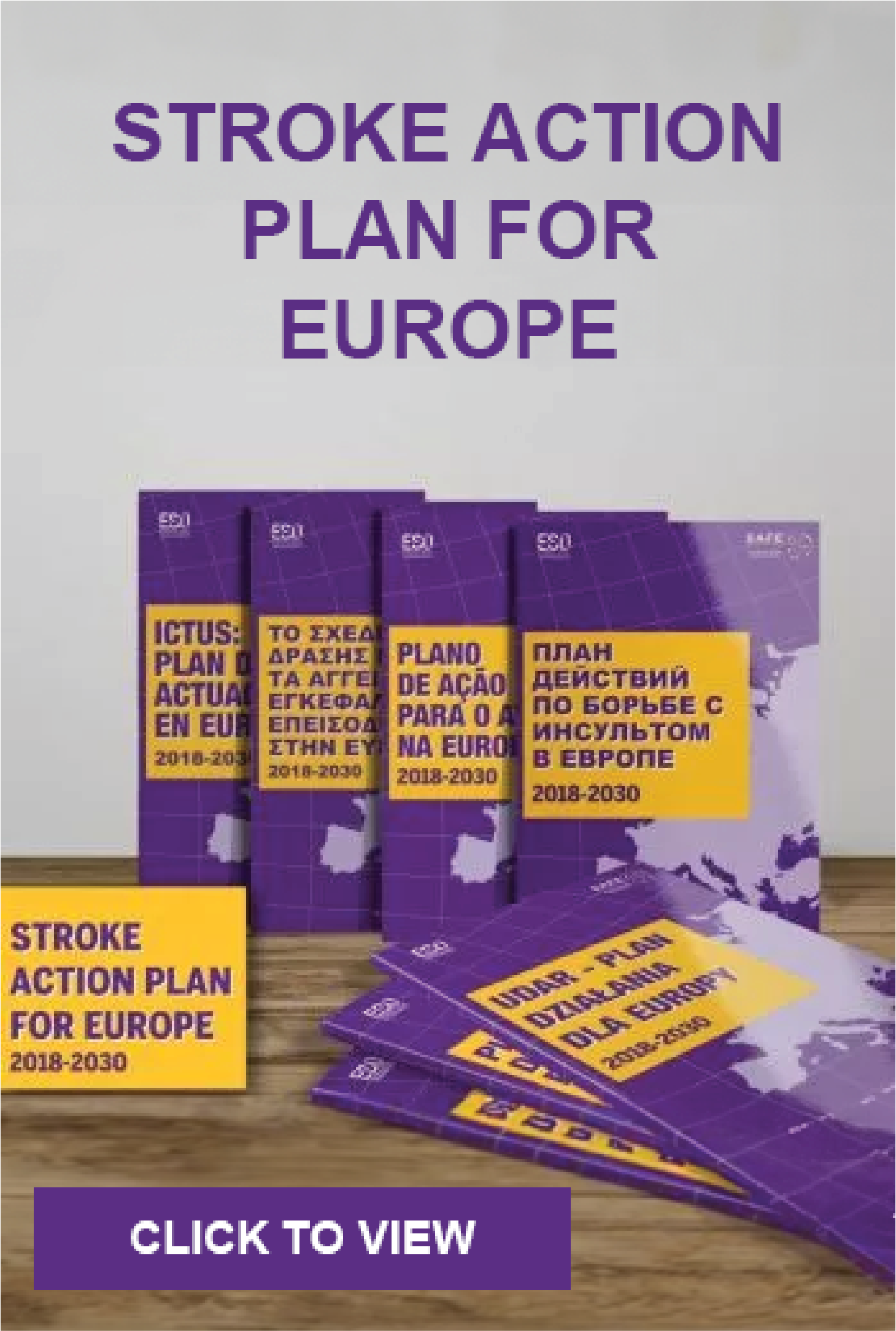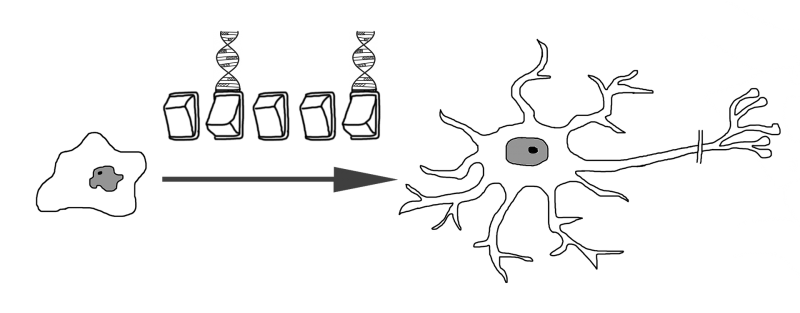
Mar 27, 2017
Could bone-marrow-derived stem cells aid stroke recovery?
A multicenter trial looking at whether a single dose of millions of adult, bone-marrow-derived stem cells can aid stroke recovery indicates it’s safe and well-tolerated by patients but may not significantly improve their recovery within the first three months, researchers report.
However, the trial does provide evidence that giving the therapy early — within the first 36 hours after stroke symptoms surface — may enhance physical recovery by reducing destructive inflammation as well as the risk for serious infections and that these benefits might continue to surface many months down the road, they report in the journal Lancet Neurology. (more…)
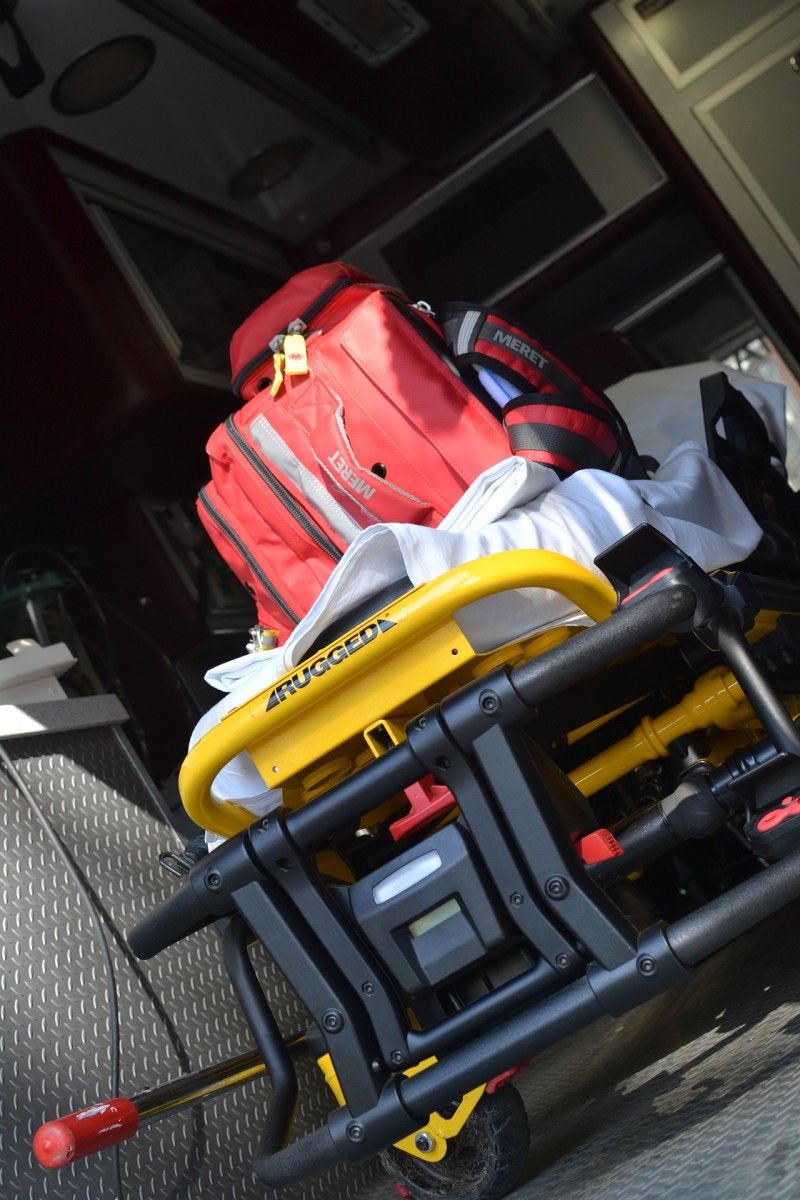
Mar 24, 2017
The medical treatment a stroke patient receives in the first 3 to 6 hours means the difference between life or death, or recovery and lifelong disability.
Rena from Israel, aged 81 was widowed recently and lives a semi active life as she suffers from borderline heart and kidney failure. Early one morning, she telephoned a neighbor, requesting she come over immediately. Within five minutes the neighbor, an active volunteer in the national stroke NGO, heard how Rena was suddenly unable to hold her coffee cup. A quick examination of seeing one hand drop when asked to lift both and the drooping of one side of her mouth were sufficient to immediately call an ambulance. The paramedic repeated the examination, after which he called the “trauma room”, which is equipped to diagnose all emergency patients received at the largest hospital in the city. Within three and a half hours of her original call, she was receiving the tPA treatment. Two days later she was discharged and has not suffered any after effects. When asked how come she knew to react immediately to the weakness in her arm, she said she always remembers the signs of a stroke from the FAST magnet on her refrigerator, a gift from her neighbor. (more…)
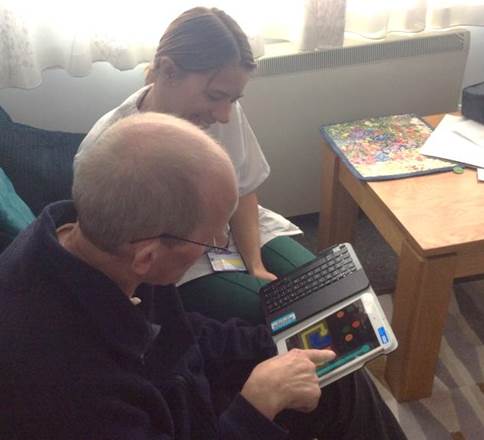
Mar 24, 2017
(more…)
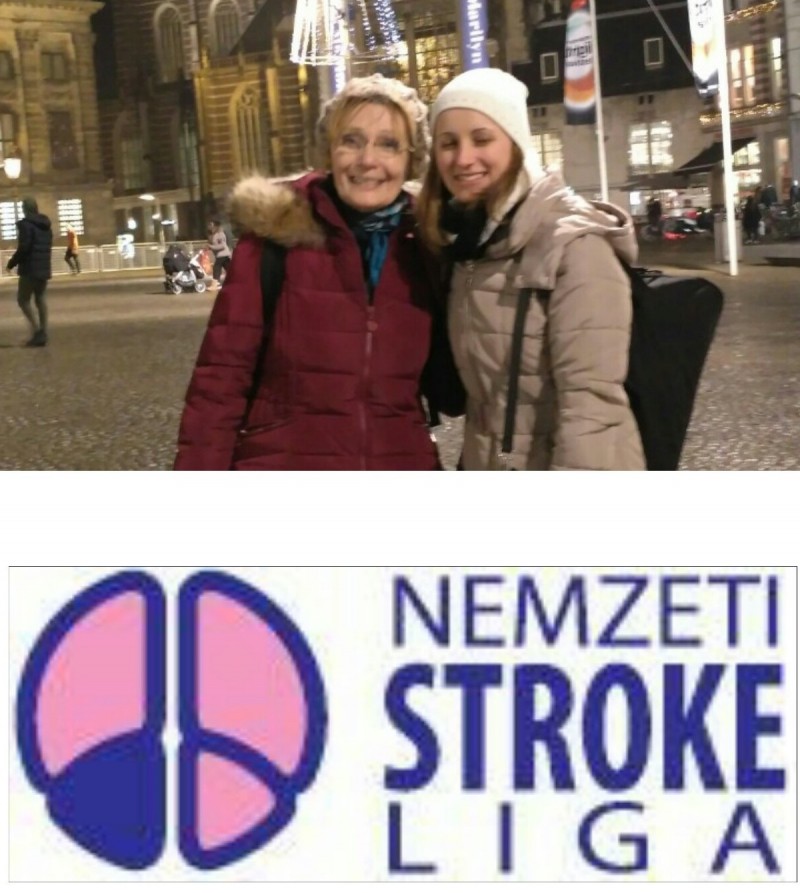
Mar 23, 2017
The National Prevention and Rehabilitation League of Stroke in Hungary is a prominently public benefit organisation. Services include health-preservation, prevention of disease, healing- and medical rehabilitation activities. This is their story, told by Krisztina, the President of this organisation, and Eszter, the volunteer.
The World Stroke Organisation is committed to developing more Stroke Support Organizations (SSOs) and stroke support activities around the world. Supportive activity can include information and advice, peer support, family counselling, rehabilitation therapy or welfare services. We want to promote this invaluable activity as much as we can. If you would like to share your stories of stroke support please contact Sarah Belson. (more…)
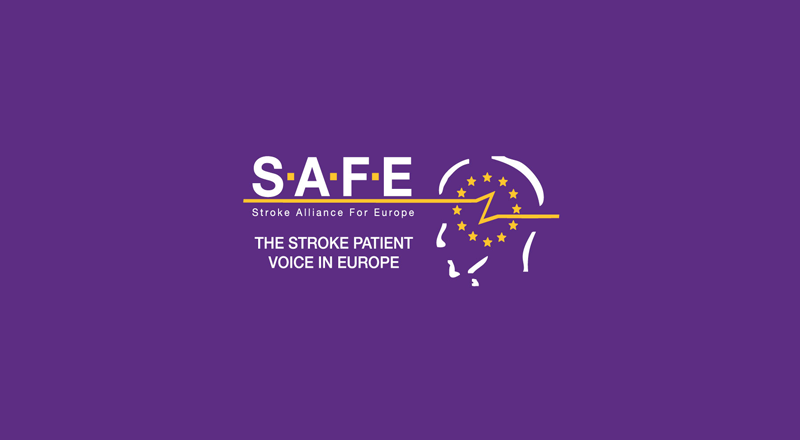
Mar 17, 2017
In the midst of a media awareness campaign, which emphasized the warning signs of a stroke, the office of Neeman Stroke Survivors Association, Israel, received many calls of gratitude for the important information. A particularly moving one was from the mother of a 34 year old son, who had come home from work not quite “as usual”. His wife noticed a drooping on one side of his face. Recalling the clip she had seen on television, she immediately called for emergency transport to the nearest hospital. Her husband was fortunate enough to be found eligible for “clot busting treatment” (tPA).
After a short period of observation following the treatment, he was discharged with no apparent lingering of what he had undergone. (more…)

Mar 15, 2017
Story source: www.medtronic.com
Recovery for patients like Viet Le is only part of the story.
The first time it happened to Viet Le was bad enough. The second time produced the worst kind of déjà vu.
“Things were going in slow motion again and I remember thinking ‘it can’t be the same thing,’” he said.
But it was.
Twice in nine months, both times while working out, Viet suffered massive strokes. He couldn’t stand or speak to tell bystanders what was wrong. (more…)
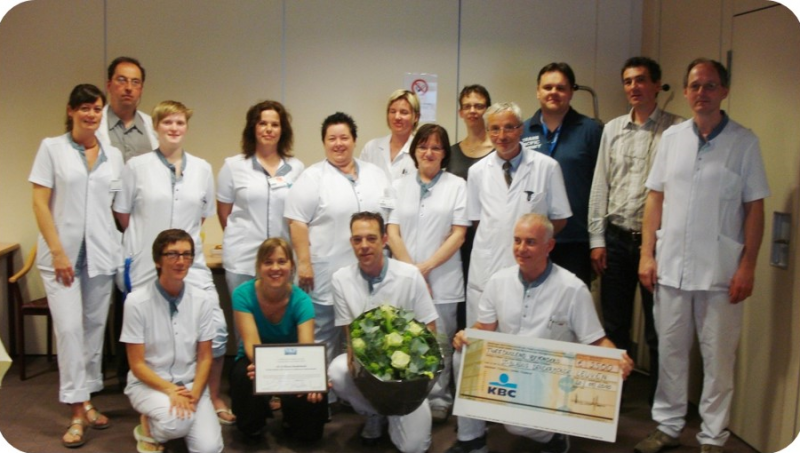
Mar 13, 2017
Written by Alison Turner
An interview with Piet Temmerman, Head Nurse at AZ Sint Blasius, shows that we must constantly improve in our fight against stroke.
Every stroke survivor knows that the care provided in a stroke unit can save lives, prevent further strokes and reduce the severity of disability caused by a stroke. It’s crucial work that demands extraordinary commitment, but it’s perhaps unusual for doctors and nurses to be active in prevention work. Nevertheless, this is the challenge taken up by a team of medical professionals, led by Head Nurse Piet Temmerman, at AZ Sint Blasius, a small hospital in Dendermonde, in Flanders, Belgium. I interviewed Piet in March 2017 to find out more. (more…)

Mar 10, 2017
Researchers from the University of Iowa Carver College of Medicine and the University of Miami Miller School of Medicine have shown that a neuroprotective compound tested in rats provides two-pronged protection for brain cells during stroke and improves physical and cognitive outcomes in the treated animals.
Every year, nearly 800,000 Americans have a stroke and almost 130,000 die. Survivors often are left with long-term physical and cognitive disability that significantly alters their lives. (more…)
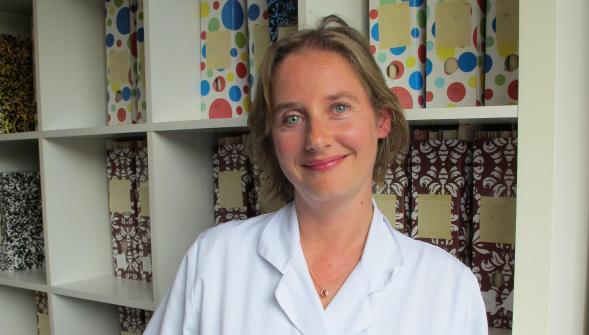
Mar 8, 2017
Written by Alison Turner
Charlotte Cordonnier, MD. PhD. is Professor of Neurology and a Vice President of the European Stroke Organisation, as well as the founding member of the Women Initiative for Stroke in Europe (WISE), made up of female researchers and clinicians, examines the gap in stroke care for men and women in Europe.
Our sex dictates the biology of our bodies – that much is clear. Male, female or other, our chromosomes determine what hormones will swirl around inside us, and how our body parts will develop. Male bodies are more vulnerable to certain diseases than female, and vice versa. But often, not for any biological reason, being male or female is a key that allows us access to, or control over, resources and decisions, because gender norms dictate our behaviour.
Gender norms are also influencing our health. Girls may receive different or inadequate education, for example, leaving them unable to make informed health choices. Or perhaps it is the norm that men should smoke or drink heavily. In some cases, a woman may feel that her peers expect her to put the needs of her children before her own health, so she won’t take time for a health screening. Men may believe it is not socially acceptable to prioritise their mental health. These expectations from society that men and women should behave in a certain way, or should not have access to health options, can expose us to different health risks. If we can improve our understanding of both biological differences and differences resulting from gender norms, we can be better equipped to address disease and ill-health. (more…)

Mar 6, 2017
An estimated 20-25 percent of strokes are a result of untreated atrial fibrillation (AF or AFib). AF is the most common type of irregular heartbeat (arrhythmia), and it dramatically increases the risk of stroke – approximately five times! In the last 20 years, AF has become one of the most important public health problems and a significant cause of increasing health care costs in western countries. (more…)

